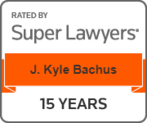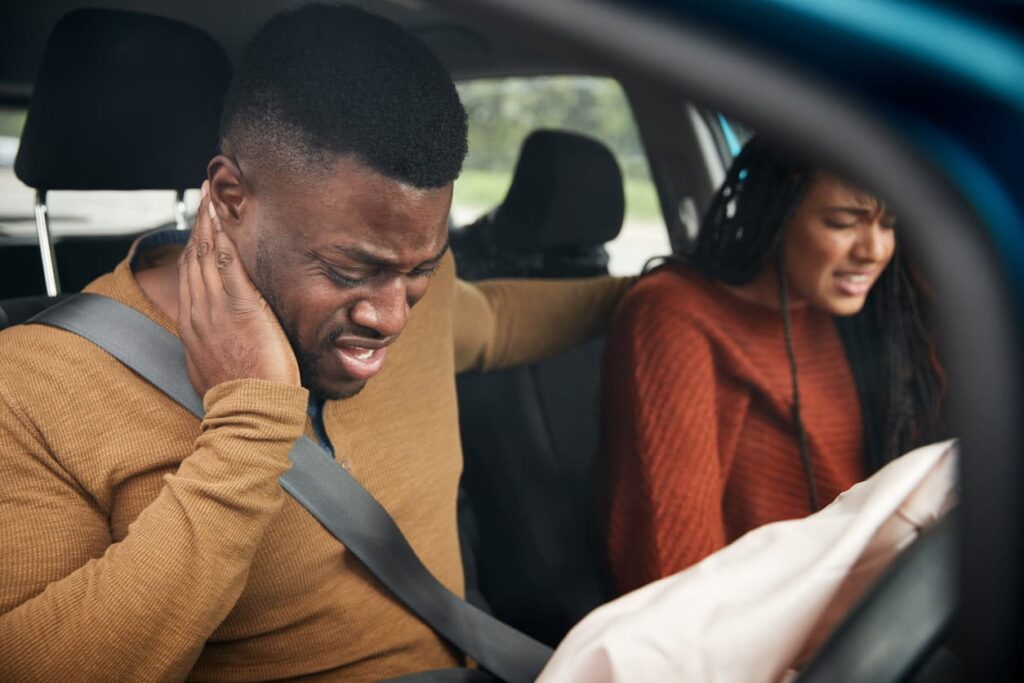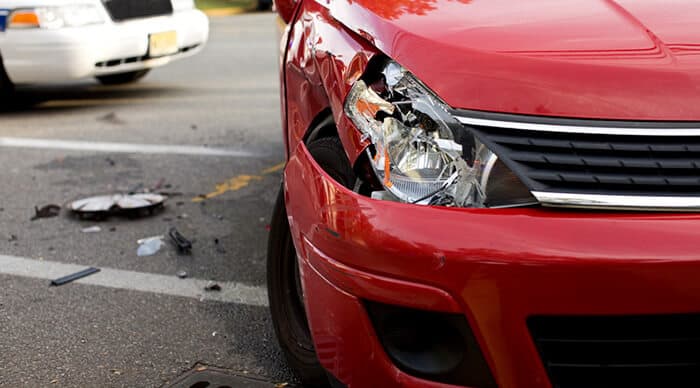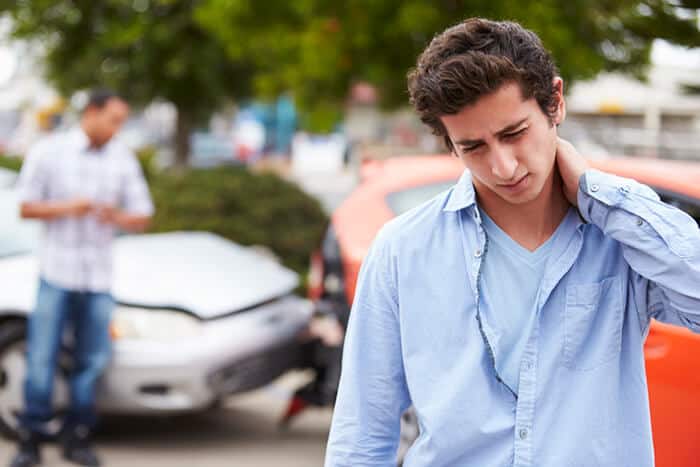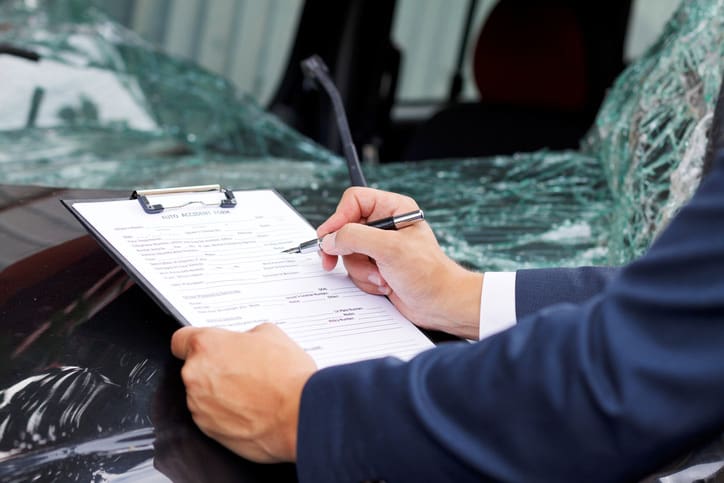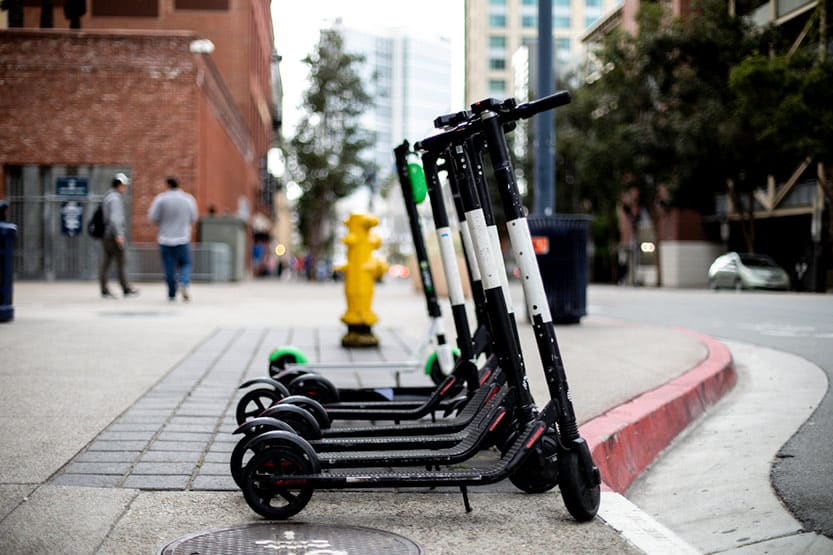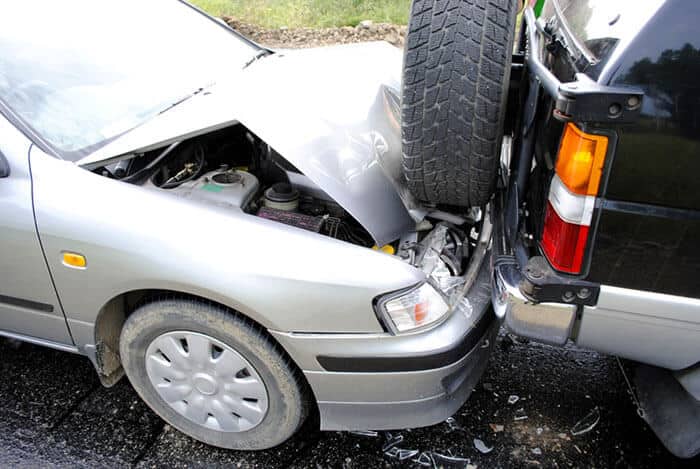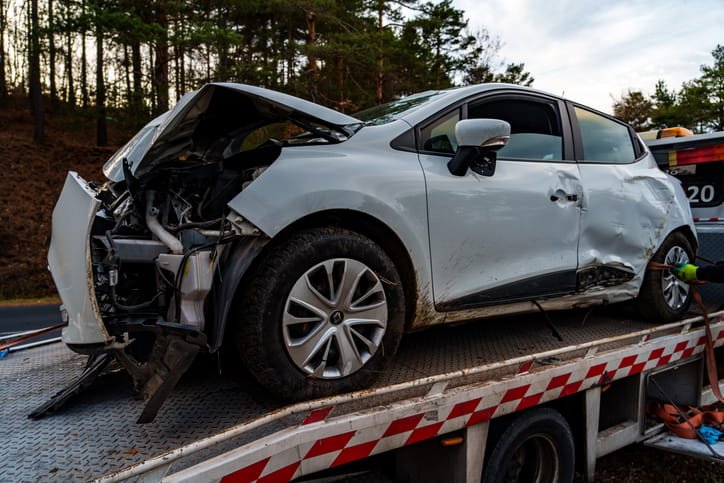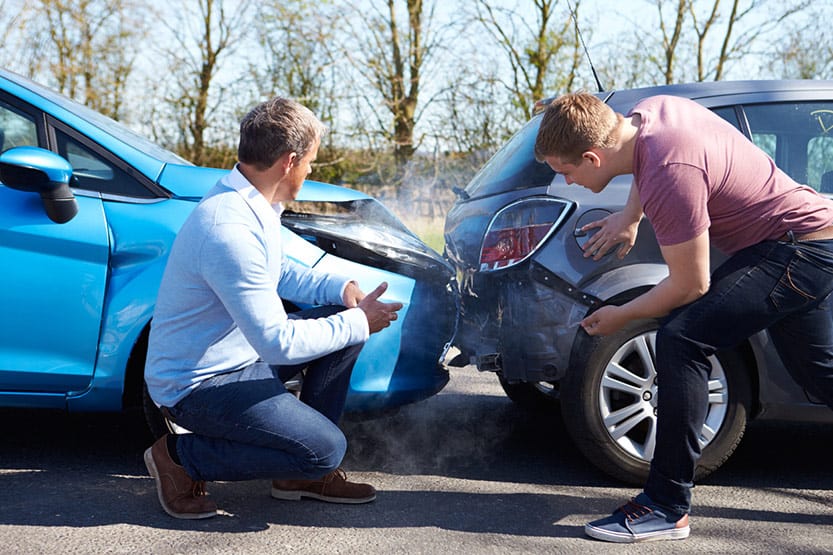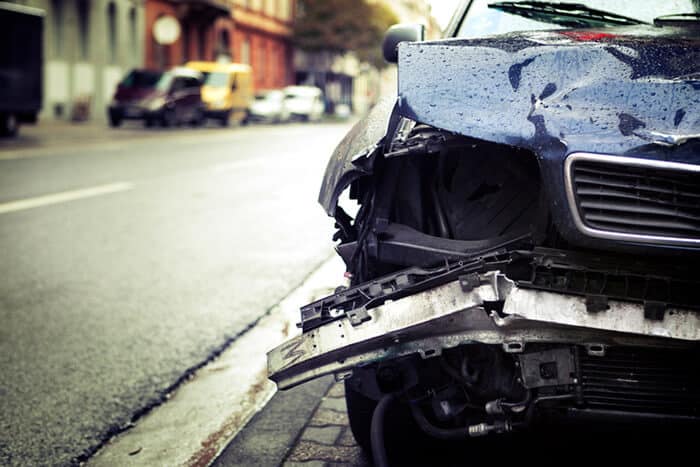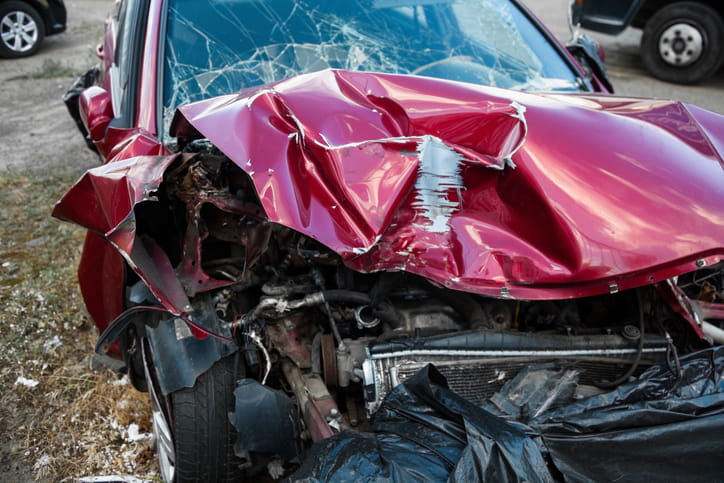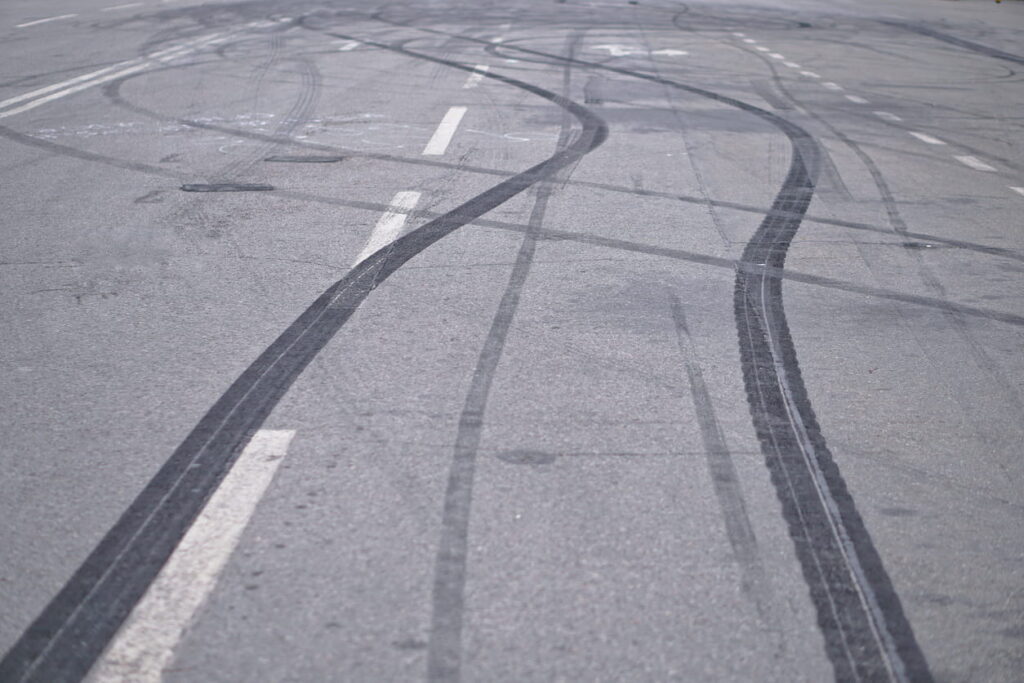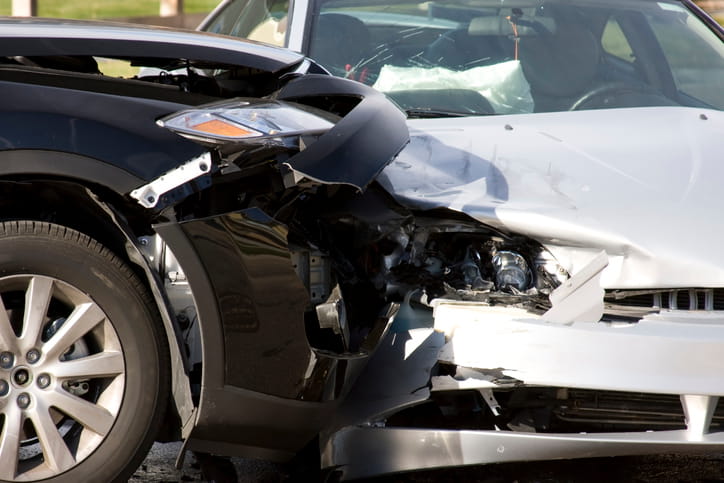Seat Belt Injuries
Did you know that of the 23,824 passenger vehicle occupants killed in 2020, 51% were not wearing seat belts? That is a 4% increase from 2019. That statistic alone from the National Highway and Traffic Safety Administration (NHTSA) demonstrates the importance of wearing seat belts.
Never take buckling up in the car for granted. Not only is it a required law, but it can save your life and the lives of your passengers. It may seem obvious or intuitive, but it is important to understand how to wear seat belts correctly because if they don’t fit right, it could lead to serious injuries if you are in an auto accident. Read on to learn about the complications from seat belt injuries and your rights under the law.
Bachus & Schanker Wins – Over $1 Billion Recovered
- Do I Have To Wear A Seat Belt In Colorado?
- Legal Issues Related To Seat Belt Injuries
- Types Of Seat Belt Defects
- Signs A Seat Belt May Be Defective
- Types Of Injuries Caused By Seat Belt Failures
- What Are The Symptoms Of A Seat Belt Injury?
- What Is The Statute Of Limitations For A Car Accident Personal Injury Claim In Colorado?
- Can I File A Product Liability Lawsuit For A Defective Seat Belt Design In Colorado?
- Types Of Vehicle Seat Belts
- How To Prove That Seat Belts Were Defective In A Car Accident
- How A Defective Seat Belt Lawyer Can Help You With Your Personal Injury Claim
- Visit Our Auto Accident Law Offices Across Colorado & Beyond
- Related Car Accident Resources
- You Deserve Fair Compensation
Do I Have To Wear A Seat Belt In Colorado?
Yes, you do have to wear your seat belt in Colorado. It is required by law. Every driver and front-seat passenger must wear a seat belt. While the Colorado police cannot stop you solely for not wearing a seat belt, they may pull you over for another traffic violation. If you are found to not be wearing a seat belt, they can charge you with a secondary offense. The fine is $65 + a $6 fee, and it is a Class B traffic infraction.
Additionally, children aged 15 years and younger must also be restrained. Certain allowances are made in the cases of persons with physical or mental disabilities.
Legal Issues Related To Seat Belt Injuries
The legal issues surrounding seat belt injuries are complex, requiring a law firm to determine who is at fault. Whether your injury is due to defective seat belts or insufficient seat belts, the party at fault could be any one of the following:
- The manufacturer of the seat belt
- The vehicle retailer
- A supplier or distributor of the seat belt device
- Even the automaker, if they used improper seat belt installation
Your legal rights would allow you to bring a claim against any or all of these parties, depending on what is found in a legal investigation.
Types Of Seat Belt Defects
You may be able to pursue a product liability claim if you have suffered an injury due to flawed seat belt design. It would be best to consult with a personal injury lawyer from Bachus & Schanker. We are knowledgeable about seat belt failure in car accidents, which can be caused by the following:
- Defective seat belts
You could have a brand new car with the appropriate seat belt consisting of a lap and shoulder strap. But they may not work properly if the tension in the strap does not hold a person in correctly. There could also be a product design defect with false latching. These defective issues could lead to a person suffering serious injury in a car accident.
- Insufficient seat belts
Even though auto manufacturers nowadays require a safety seat belt to consist of a lap and shoulder strap, there are still older vehicles on the road that only consist of a lap belt. Most were designed before 1960 and were considered acceptable at the time. A lap belt may not provide adequate safety protection. They were not necessarily designed to protect against the full effects of inertial unlatching in a car accident.
Signs A Seat Belt May Be Defective
A legal investigation will determine if a faulty seat belt was a factor that contributed to injuries incurred in an auto accident. The condition of the belt will be thoroughly inspected to see if it is torn or damaged. It will even be considered if only the person(s) wearing a seat belt were injured and not other passengers in the car who were not wearing a seat belt. They’ll also look at the severity of the accident. They’ll need to determine if there was seat belt retractor failure. Another factor will be the types of injuries people suffer in car accidents, as mentioned in the next section.
Types Of Injuries Caused By Seat Belt Failures
The types of injuries you could suffer due to seat belt failures can be devastating. Here is a list of what could happen.
- Brain injuries are a result of a blow to the head that may or may not cause a person to lose consciousness. If your head is severely jostled in an auto accident due to a seat belt failing to secure your body properly, it could result in a traumatic brain injury or TBI. Likewise, your skull could be fractured if your head impacts with a windshield due to seat belt failure.
- Spinal cord injuries result from damage to the head, neck, or spinal cord. Of the many causes, being in a car accident when seat belts fail could lead to a significant spinal cord injury. You could even become paralyzed due to the severity of the injury causing you much pain and suffering.
- Catastrophic injuries are life-changing due to the impact on your mobility and normal body behavior as well as cognitive function. You could end up with permanent damage, which could cause loss of employment and income. It also can impact your family if you are the primary breadwinner in the family. Care for a person with a catastrophic injury is ongoing for life.
These major injuries require medical evaluation and diagnostics to determine the extent of the damage. You should seek medical attention immediately after a motor vehicle accident and then contact a car accident lawyer to help you initiate a claim.
What Are The Symptoms Of A Seat Belt Injury?
The first noticeable cause of a seat belt injury is abdominal pain. That is because the seat belt tightens automatically in a collision. The constriction can leave external bruising on the stomach and chest area. The tightening effect can also cause internal organ damage only found through medical diagnostic testing. You may have respiratory difficulty due to compression on the heart and lungs in the chest. Your neck pain may be due to whiplash, which occurs when your body is held tightly, but your head snaps forward with abrupt force. Dizziness and weakness can indicate symptoms of body shock.
What Is The Statute Of Limitations For A Car Accident Personal Injury Claim In Colorado?
You have three years to file a claim after a car accident in Colorado per revised statute 13-80-101. If you bring a court case after that time, it can be dismissed. If your case involves a government agency, the time limit may be shorter.
If you have a wrongful death claim, the time limit is two years.
Can I File A Product Liability Lawsuit For A Defective Seat Belt Design In Colorado?
If you have suffered harm or bodily injury due to a defective seat belt design, you may bring a product liability lawsuit within two years per Colorado statute 13-80-106. Our legal team at Bachus & Schanker is well-experienced in bringing lawsuits against manufacturers of defective products and can help you win compensation for the damages you’ve suffered.
Types Of Vehicle Seat Belts
There are five types of vehicle seat belts:
- The lap belt is an older model still seen in an airplane, for example. It attaches over the lap.
- The sash or shoulder belt lays diagonally across the shoulder and chest area of a driver or passenger.
- The 3-point or Y-shaped belt is the most common model used in today’s vehicles. It is a combination of the lap and sash belt in one unit.
- A belt-in-seat (BIS) has an automatic retractable sliding feature when a person enters or exits the driver’s seat.
- A 5-point seat belt is commonly used in child seats and racing cars for extra protection. It consists of two shoulder belts, a lap belt, and a belt between the legs, with a buckle latch in the middle connecting all pieces.
How To Prove That Seat Belts Were Defective In A Car Accident
The seat belt system in a vehicle is designed to protect the occupants from injury. It is a mandatory safety feature. If you bring a claim against any party for seat belt failure, you must show negligence through evidence.
Seat belt failure cases are challenging due to the complexity of issues involved. You must be able to show the following:
- The seat belt system was defective or failed in some way
- The defect or failure must be the direct cause of your injuries
- Prove that you suffered physical and/or financial losses due to the accident injury
How A Defective Seat Belt Lawyer Can Help You With Your Personal Injury Claim
Now that you have a good idea of how complex a claim for seat belt injuries can be, we want you to contact us right away to help settle everything to your advantage. The sooner we can start working on your case, the sooner we can reach a settlement in your favor. We are Bachus & Schanker, experienced in personal injury, seat belt failure, and car accident injuries. We know the law and your rights for fair compensation.
Sources:
Car Accident Injuries Caused by Seat Belts. (2023).
CRS 13-80-101. (2016).
CRS 13-80-106. (2017).
Huecker, M., et al. (2022). Seat Belt Injuries.
Seat Belt Law. (2023).
Seat Belt Safety. (2022).
Visit Our Auto Accident Law Offices Across Colorado & Beyond
Serving Clients Nationwide
Related Car Accident Resources
You Deserve Fair Compensation
Don’t let the insurance companies intimidate you into accepting less than you deserve. We’re ready to fight for you.
